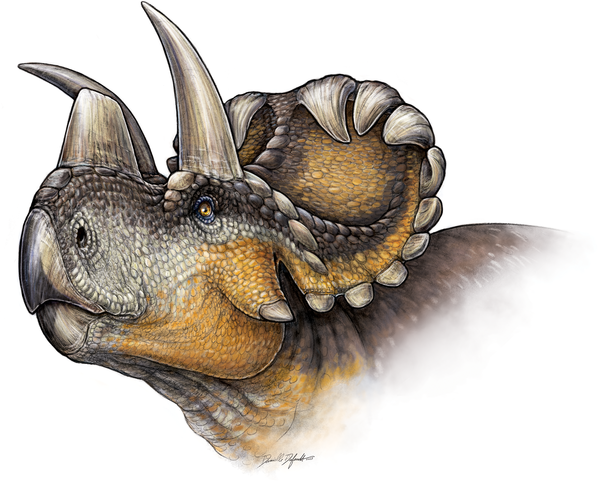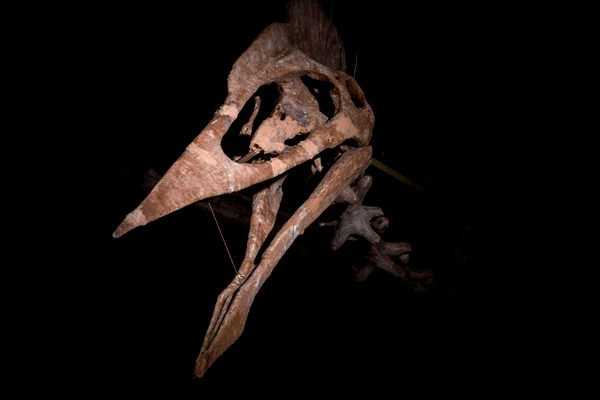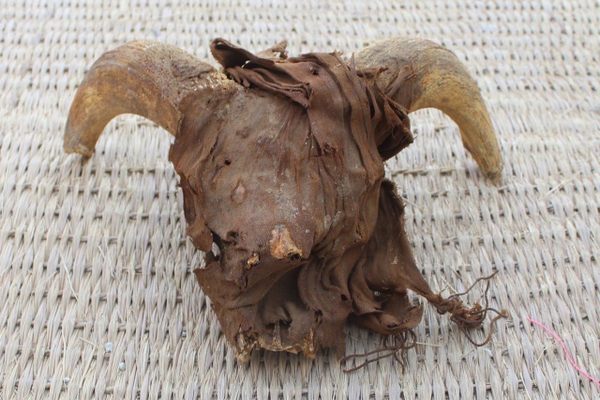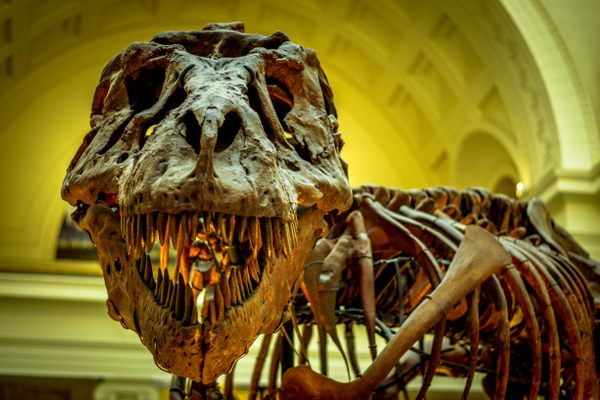FOUND: A Triceratops-like Dino With an Extra Fancy Frill

Wendiceratops pinhornesis (Image: Danielle Dufault/PLOS ONE)
The newest addition to the growing group of Ceratopsida dinosaurs—the family that includes, most famously, Triceratops—had a particularly fancy frill and, likely, a large horn growing straight up out of its nose. The scientists who announced its discovery, in PLOS ONE, named it Wendiceratops pinhornesis, after the person who found it and the place where it was found.
The dinosaurs’ bones were first spotted by Wendy Sloboda, a professional fossil hunter, at the Pinhorn Provincial Grazing Reserve in Alberta. She alerted paleontologists at the Southern Alberta Dinosaur Research Project, and for two field seasons, they spent their time uncovering the fossil.
The frill of the animal was “ornamented by a pretty spectacular wave of gnarly hooks that project forward,” David Evans, one of the paleontologists told NPR. They look a bit like a cresting wave. But more importantly, they and other Wendiceratops features give the scientists clues into Ceratopsida evolution. “We’re finding that these horned dinosaurs replaced each other every half-million years,” Michael Ryan, another paleontologist who worked on Wendiceratops, told NBC News.
Bonus finds: Golden spiral ornaments worn by Bronze Age priests, organs, Pluto’s heart
Every day, we highlight one newly lost or found object, curiosity or wonder. Discover something unusual or amazing? Tell us about it! Send your finds to sarah.laskow@atlasobscura.com.















Follow us on Twitter to get the latest on the world's hidden wonders.
Like us on Facebook to get the latest on the world's hidden wonders.
Follow us on Twitter Like us on Facebook